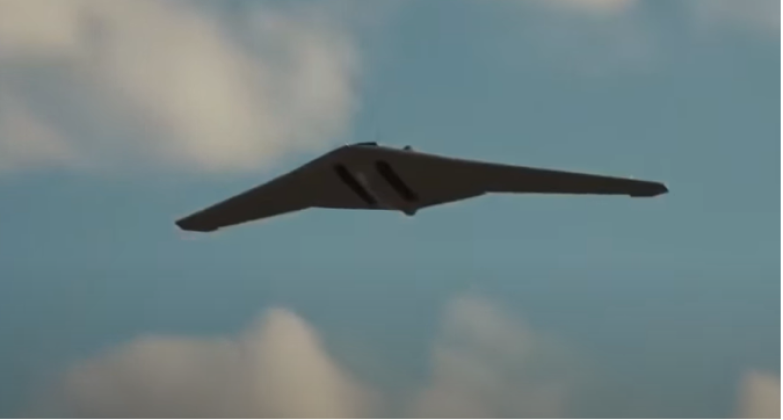News
Iranian ‘Suicide Drones’ Make Debut on Ukrainian Frontlines: Are Flying Wing Stealth Drones Next?

On September 13 the first reports emerged indicating that Iranian-made drones had been deployed by Russian forces to the frontlines in Ukraine, following months of reports that a sale had been made. The Iranian Shahed-136 loitering munition is the only class confirmed to have been used, and operates as a ‘suicide drone’ providing Russia with a complement to its cruise missile arsenal and artillery forces for precision strikes at long ranges. These kinds of Iranian have been combat tested extensively in the past, and are widely thought to have been responsible for strikes on Saudi oil facilities in 2019 where their capabilities left several layers of Western-supplied air defences effectively useless. The drone’s appearance raises the possibility that Russia could begin to field higher end Iranian drone designs in future, including flying wing stealth platforms which have proved highly survivable against Israeli and other air defences.
Russia’s lack of stealth aircraft or even dedicated air defence suppression aircraft has been a major hindrance to its war effort, which the deployment of Iranian drones such as the stealthy Shahed-191 could do much to overcome. The possibility of Russia acquiring Iranian drones was highlighted long before the outbreak of war with Ukraine, but the course of the war has increased the urgency of modernising Russian unmanned aviation capabilities. Outside China and the United States, Iran’s drone in industry is in many ways unrivalled particularly in its use of advanced stealth platforms, with Russian forces having extensive experience operating alongside them in combat in Syria.
It remains uncertain whether Russian operators have been trained over a very short period to deploy Iranian drones in combat, or whether Iranian operators may be covertly providing support. Iran has officially remained neutral in the Russian-Ukrainian conflict, but unlike China has not banned arms sales to the warring parties. It remains uncertain how Russia has paid for the aircraft purchased from Iran, with the possibility that it has bartered them for fighter jets such as the Su-35 having been widely speculated in Western media. With Russian forces in retreat and Western arms and combatants continuing to pour into Ukraine, it remains uncertain whether Iranian drones will be able to significant alter the balance of power – although it remains a significant possibility if they are acquired in sufficient numbers. Russian arms acquisitions from other sources, most notably North Korea, could also begin to materialise in the coming weeks if they have not already with fresh supplies of ammunition for its artillery units and potentially the deployment of new Korean artillery systems that can comfortably outrange those in service in Ukraine, NATO or Russia itself.












